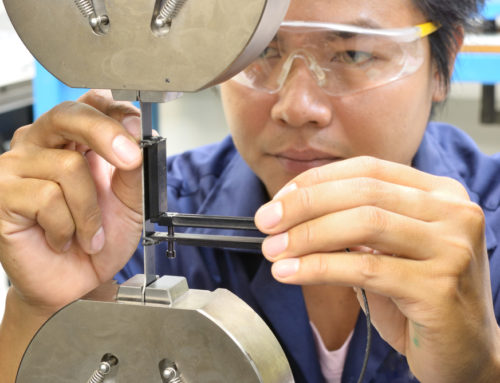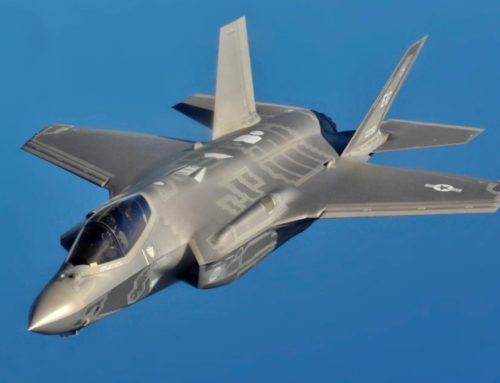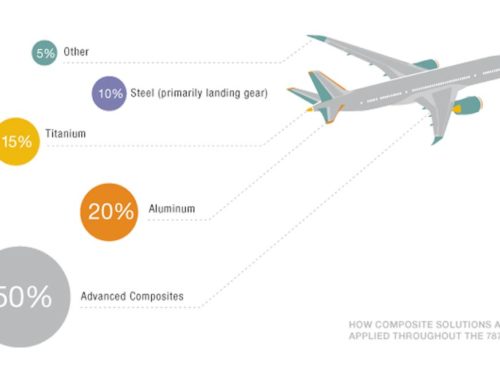The Composites Affordability Initiative (CAI) was a bold and innovative approach to create revolutionary advancements for the design and manufacture of composites. Historical data had clearly indicated composite structures had reached a plateau for fighter/attack aircraft applications. Additional applications, for which composite structures were well suited, were avoided due to a perception of higher cost and risk than DoD weapon system programs were willing to accept. At $150M including industry cost share, CAI was the DoD’s largest composites R&D program ever launched. CAI’s legacy was to enable large integrated and bonded primary aircraft structures. The CAI team consisting of the Air Force Research Laboratory, the Office of Naval Research, Bell Helicopter Textron, The Boeing Company, Lockheed Martin and Northrop Grumman has placed in the hands of the DoD supplier base a suite of tools and technologies that enable for the first time, the confident application and certification of bonded structures for primary load bearing applications.
Advanced structural analysis tools which can more accurately predict the onset of failure as well as failure progression have been developed and transitioned to commercial vendors. The adhesively bonded pi-joint design for structures has been shown to be very robust for manufacturing defects, tolerant of damage and provides a dual load-path approach increasing the confidence of satisfactory performance. Process controls have been implemented to improve the reliability of surface preparation, surface evaluation, adhesive mixing and dispensing as well as assembly. These tools and technologies combined with a new inspection technique that can not only identify kissing bonds but provide a quantitative measure of the strength of the bond at a specific site provide unprecedented capabilities needed for certification. These tools and technologies along with a sound certification plan of analysis supported by test provided DoD and FAA certification authorities with enough confidence that they believe that there are currently no technical barriers to certify bonded structures. Full-scale testing of integrated and bonded structures were performed to validate their capability for limit loads, ultimate loads, as well as two lifetimes of fatigue/w damage.






